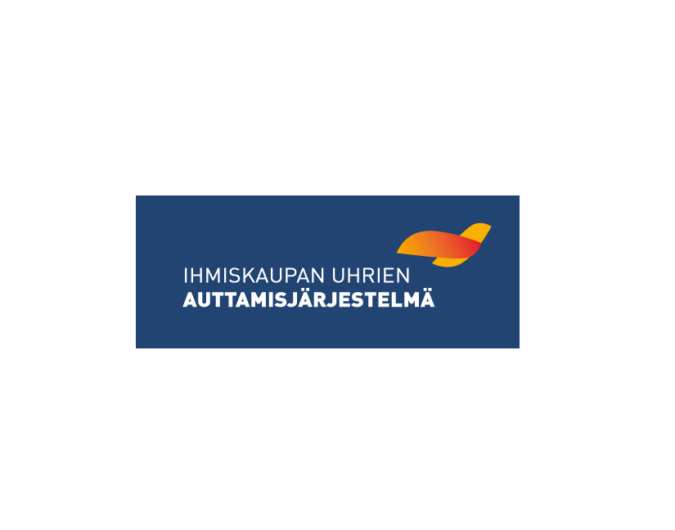Semiannual Report on Human Trafficking 2024
During the first half of this year, 156 new referrals were entered in the National Assistance System for Victims of Human Trafficking (NAS). Most of the 69 new victims of human trafficking admitted to the NAS were victims of forced labour or forced marriage. The numbers are significantly lower than in previous years.

The number of referrals and new clients was significantly lower than in previous years. The total number of clients also saw only a moderate increase. Unlike in previous years, the majority of referrals came from reception centres and the Finnish Immigration Service. The number of referrals submitted by wellbeing services counties increased slightly. Among all new clients, forced labour was the most common form of human trafficking (43% of new clients), whereas 35% were cases of forced marriage.
“A considerably small number of clients were referred to the Assistance System at the beginning of the year. Since we do not perform outreach work, the referrals come from other authorities and stakeholders. It has been quite a quiet year so far, but the number of referrals usually starts to increase in late summer”, says Katri Lyijynen, Deputy Director for the National Assistance System for Victims of Human Trafficking.
In early 2024, 27 people who had fallen victims of human trafficking in Finland were admitted to the NAS as clients. They represented 16 nationalities, including Finnish citizens.
“The status of victims of human trafficking is very weak, and the most vulnerable groups of people often end up being exploited. It can be impossible for the victim to get out of the situation without help from outsiders. Therefore, the low number of people referred to the Assistance System can also be seen as worrying, if victims remain unidentified”, ponders Lyijynen.
At the end of June, the National Assistance System had a total of 1,571 clients, of whom 1,295 were identified victims and 276 were their underaged children. There were also 19 minors among the victims. About two thirds of the victims of human trafficking were women. Of all the clients of the NAS, nearly half (46%) are victims of forced labour. 27% are victims of sexual exploitation and 21% of forced marriage. Other identified forms of exploitation are not as common.
Work against trafficking in human beings is a socially important process. Human trafficking often goes unreported, and bringing such criminal activity to light comprehensively benefits society.
Read the report below:
